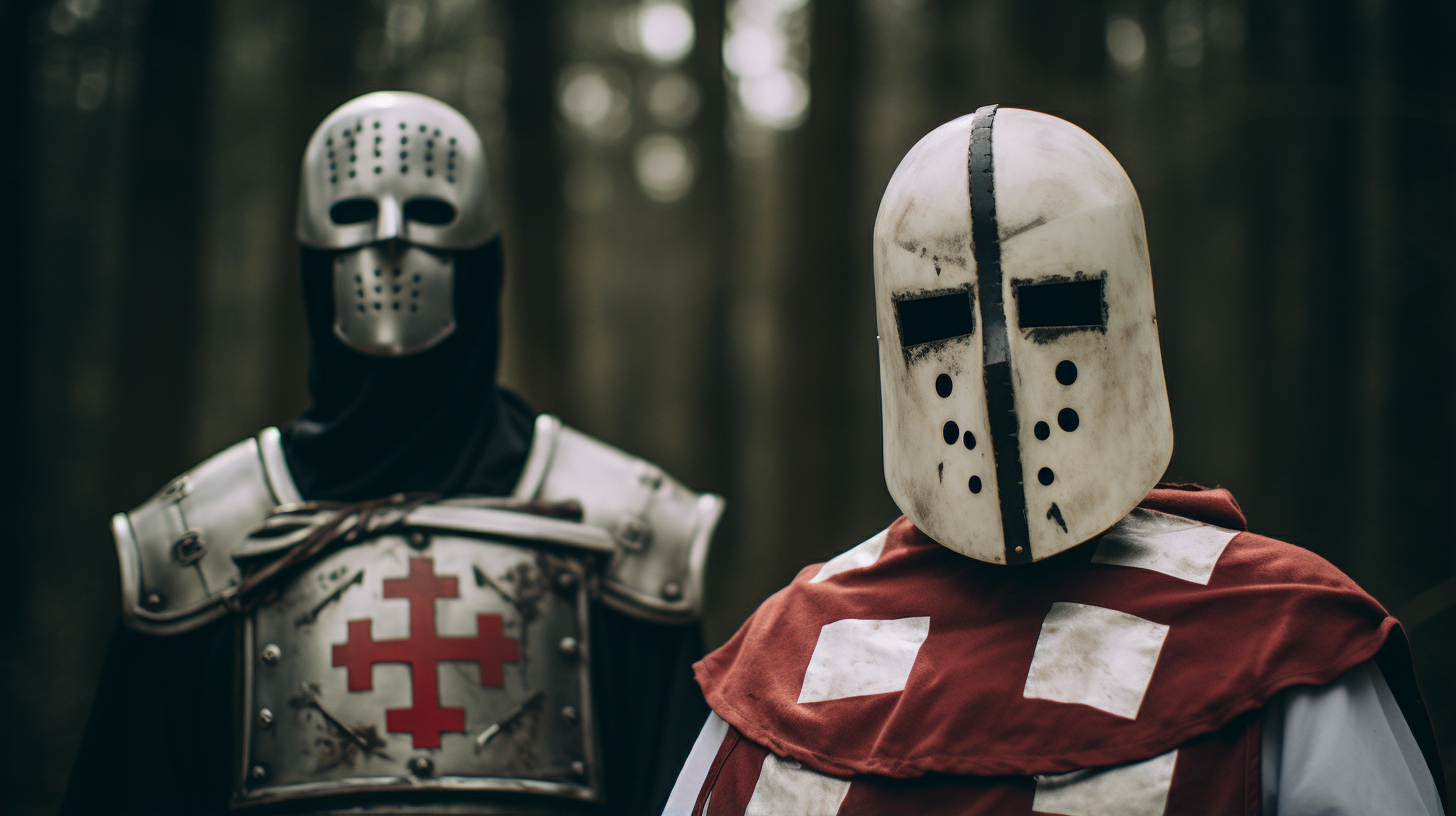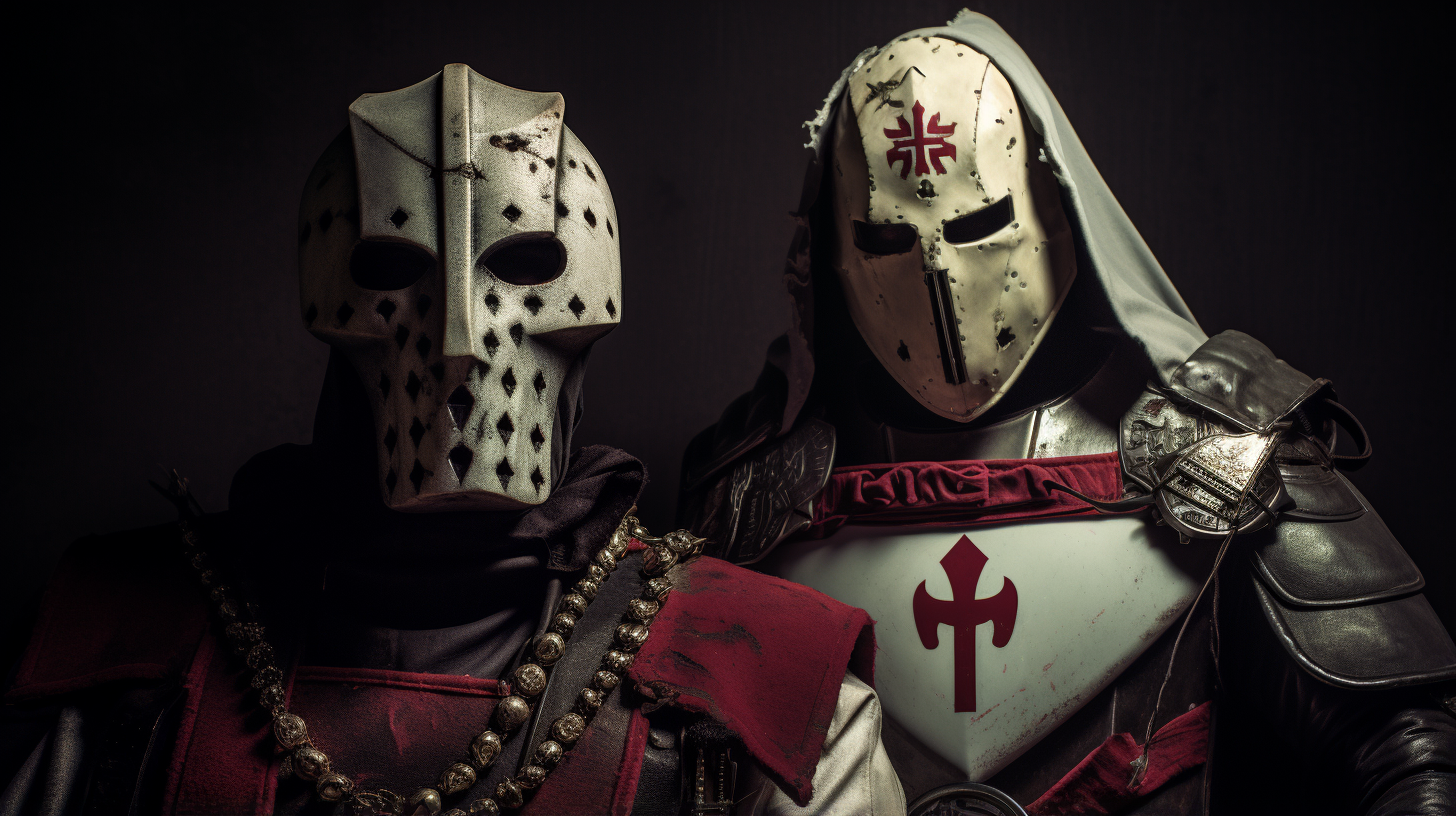Every year, without fail, a day arrives that sends shivers down the spines of people worldwide. It’s a day when superstitions run rampant, and many choose to tread lightly, avoiding cracks in the pavement and steering clear of black cats.
Yes, we’re talking about that day – the one we’ve come to know as Friday the 13th. But what’s the story behind this seemingly cursed day, and why does it continue to evoke fear and fascination in equal measure?
The concept of Friday the 13th has a long and intriguing history that stretches back to the 14th century. While today it may be associated with horror films and superstitions, its origins are far more complex. To understand its true meaning, we must journey back in time to the era of the Knights Templar.
The Knights Templar, an enigmatic order that combined the roles of warriors and monks, emerged in the 12th century. They safeguarded treasures belonging to kings, popes, and monarchs, earning them a reputation as the world’s first international bankers. However, their fate took a dramatic turn on a fateful Friday the 13th in October 1307.

King Philip of France, burdened with debt, set his sights on the Templars’ wealth and power. In a swift and brutal move, he ordered the arrest of all Templar members.
They faced torture, imprisonment, and lengthy trials, orchestrated by the Catholic Church. The culmination of this dark chapter was the public execution of Jacques de Molay, the Grand Master of the Knights Templar.
It was during this grim event that de Molay uttered a curse upon Pope Clement and King Philip.
Remarkably, within 33 days, Pope Clement succumbed to a mysterious illness, while seven months later, King Philip suffered a massive stroke and died on a hunting expedition. These events fueled the belief that de Molay’s curse extended not only to his enemies but also to the day of their arrest – Friday the 13th.
The passage of 700 years has not diminished the legend surrounding Jacques de Molay and the Knights Templar. Some speculate that the Templars may have discovered ancient artifacts, including the Ark of the Covenant, during their time guarding the Temple of Jerusalem.
This hidden knowledge, it is said, may have empowered de Molay to cast a curse that eventually came to fruition.
So, what are we to make of this disturbing history of Friday the 13th? Is it truly cursed, or are these events merely coincidences embellished by time and superstition? Regardless of your beliefs, the story of the Knights Templar and their connection to this infamous day is undeniably fascinating.
In our quest to understand the mysteries of the past, we often encounter tales that blur the lines between fact and legend. Friday the 13th is one such enigma, a story that reminds us of our enduring human desire to unravel the unexplainable, even when it’s shrouded in darkness and superstition.
Video:
As we continue to explore history’s secrets, let us remember that behind every tale lies a grain of truth, waiting to be uncovered, deciphered, and shared with the world. Whether you’re a skeptic or a believer, the history of Friday the 13th remains a captivating chapter in the annals of human curiosity, and it’s a reminder that the past is a treasure trove of mysteries waiting to be discovered.

19 thoughts on “Cracking the Enigmatic History of Friday the 13th”
Comments are closed.